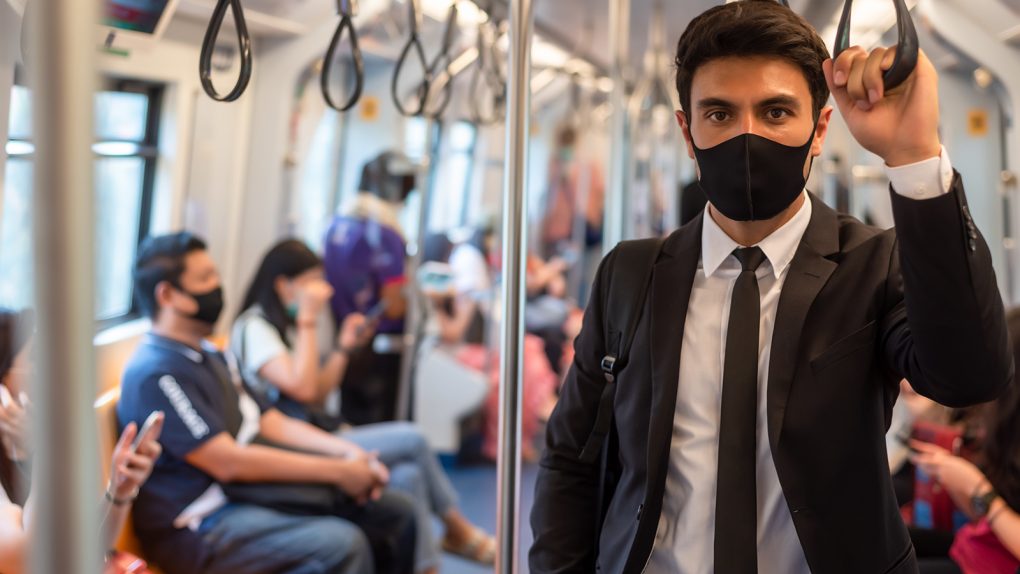- A second coronavirus wave could be right around the corner now that fall has arrived.
- Colder weather and the forthcoming flu season could cause a massive spike in coronavirus cases and deaths.
The U.S. has now seen more than 7 million coronavirus cases and 200,000 corona-related deaths since the pandemic began earlier this year. And though the overall death rate has slowed down slightly in recent months, the reality is that we’re not out of the woods just yet. In fact, there’s a possibility that the worst is yet to come.
For months now, health experts have cautioned that a failure to take the coronavirus seriously would likely result in a second, and potentially more dangerous, wave. To this end, Dr. Anthony Fauci back in early August said that the U.S. would have to get the daily number of new coronavirus infections below 10,000 before fall in order to avoid a massive surge in infections come winter. Unfortunately, the daily number of new infections over the past few days alone has ranged between 35,000 and 50,000.
The U.S. is still in the midst of the first wave, and history has shown us on multiple occasions that the second wave of a pandemic tends to be the most deadly. The majority of people who died from the Spanish Flu in the early 20th-century, for example, died during the second wave.
With colder weather on its way, along with the forthcoming flu season, many health experts are anticipating a massive surge in new coronavirus infections over the next two to three months.
That challenge could include surges of Covid-19 cases across the country as more fronts open up, including the many schools and colleges nationwide that have welcomed students back to class. And as the weather gets cooler, more gatherings will move inside, where the virus can spread more easily.
There’s also a potentially complicated flu season on its way that could pile on top of the pandemic and quickly overwhelm the health care system.
To the latter point, some hospitals in former hotspots like Texas and Arizona were already struggling with capacity issues during the first wave. If the second coronavirus wave proves to be as dangerous as some experts believe, hospital systems across the country may be unable to deal with a massive influx of new patients.
CDC director Robert Redfield touched on this as far back as July.
“Keeping the health care system from being overstretched, I think, is really going to be important,” Redfield explained at the time. “And the degree that we’re able to do that, I think, will define how well we get through the fall and winter.”
Fauci has categorized the current rate of new coronavirus infections as “unacceptable” and, looking ahead, believes that the fall and winter months will be especially challenging for the country.
Fauci previously articulated a list of eight activities and places people should avoid to help prevent the coronavirus from spreading further.
That list includes the following:
- Indoor gatherings
- Outdoor gatherings
- Bars
- Restaurants
- Air Travel
- Public Transportation
- Going to the Gym
- Sharing food
If the U.S. doesn’t get its act together, Fauci back in July said that the coronavirus could potentially be as catastrophic as the Spanish Flu which killed millions.
“If you look at the magnitude of the 1918 pandemic where anywhere from 50 to 75 to 100 million people globally died,” Fauci said, “that was the mother of all pandemics and truly historic. I hope we don’t even approach that with [COVID-19] but it does have the makings of, the possibility of approaching that in seriousness.”
The simple reality is that the extent to which Americans abide by coronavirus safety guidelines over the next few weeks could very well dictate how the rest of the pandemic plays out.








